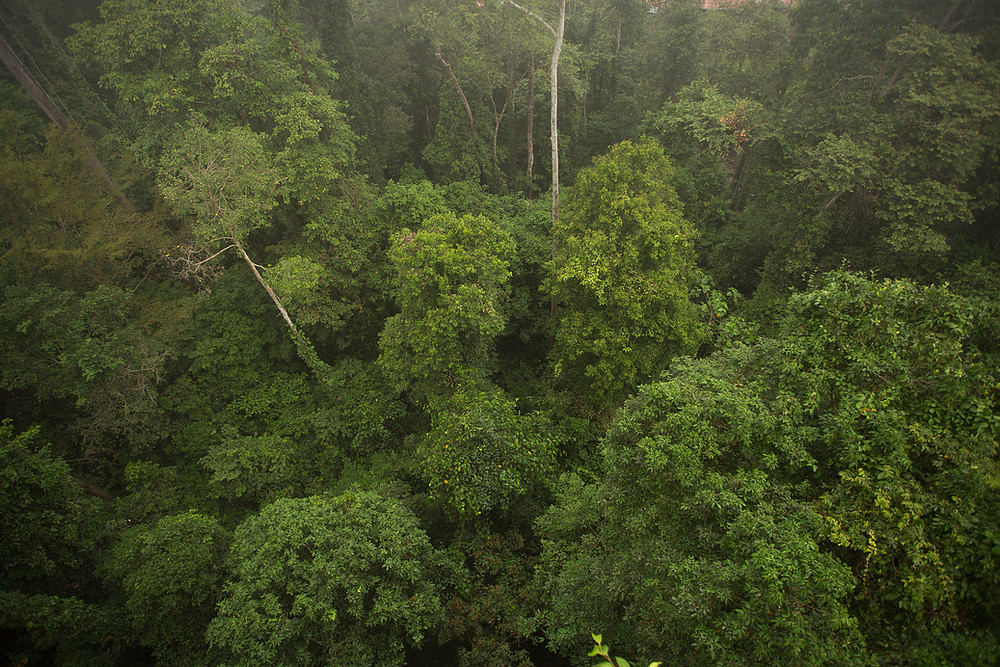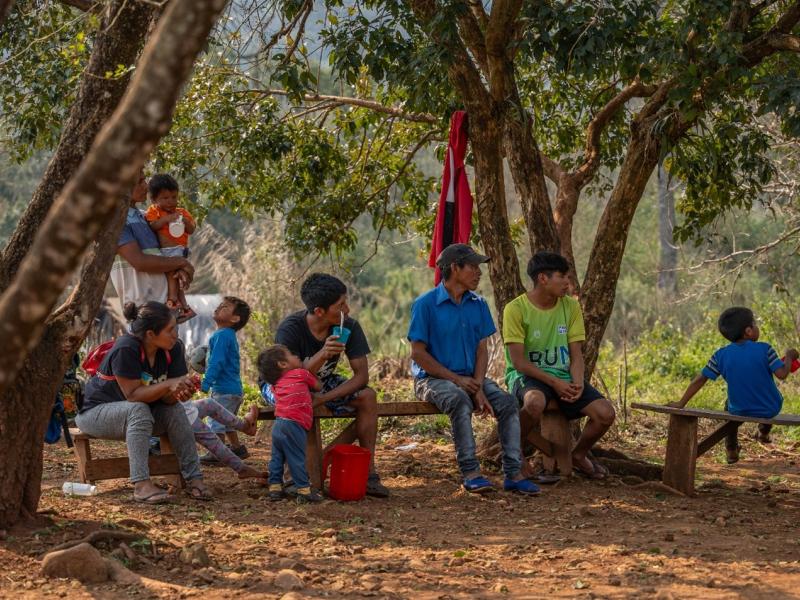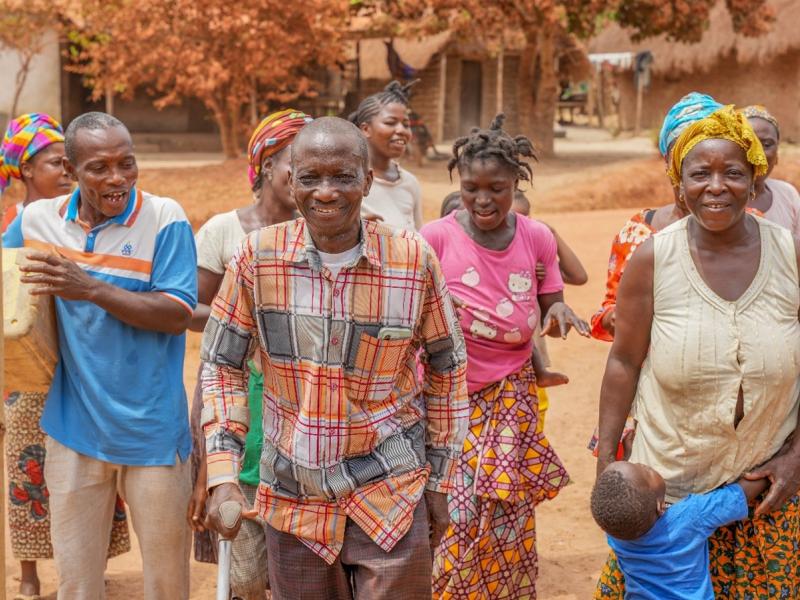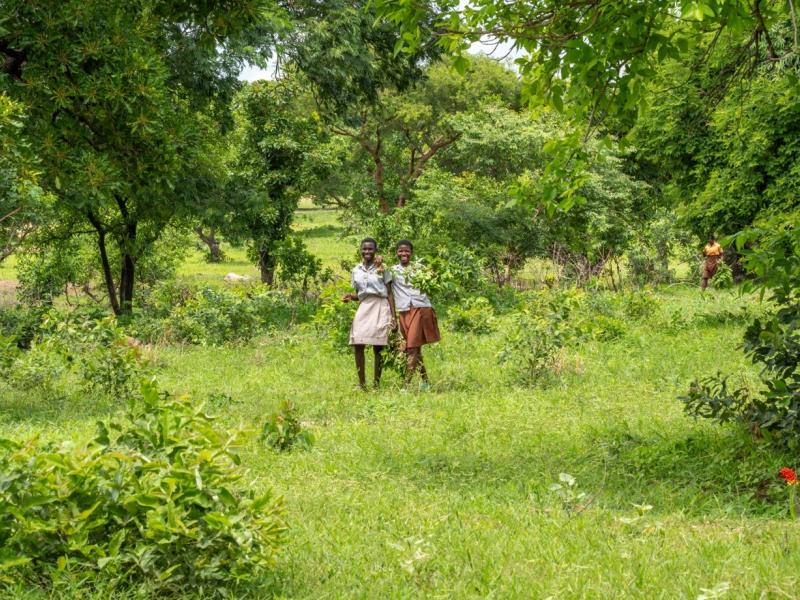Simply put, carbon markets are trading systems in which countries, companies, or other entities can buy or sell units of greenhouse-gas emissions (emissions reductions) to meet international and national climate targets. These units, often referred to as carbon credits or allowances, are used for several reasons, such as compensating for a company’s residual emissions, or towards a country's Nationally Determined Contributions (NDCs).
Carbon markets have generally, though not exclusively been made up of the compliance market and the voluntary carbon market (VCM).
- VCM - Individuals and companies voluntarily choose to purchase carbon credits that finance projects which avoid or sequester emissions, e.g. nature-based solutions, clean cookstoves, or renewable energies.
- Compliance market - Government regulations require certain industries to limit their carbon emissions through financial incentives – these can take the form of a tax or an emissions trading system (ETS e.g. the EU ETS), whereby companies can trade emissions credits to comply with these regulations.
- The third type to consider is International trading of carbon credits through Article 6 - Nations sign bilateral agreements under Article 6 of the Paris Climate Agreement to trade carbon credits (called ITMOs ), where the acquiring country can use the credits towards their climate targets (NDCs).
“The Paris Agreement does not have the mandate to regulate the voluntary carbon market. However, Article 6 rules might indirectly impact its development”, Article 6 Explainer, The Nature Conservancy
Carbon markets are crucial in the fight against climate change as they provide economic incentives for reducing emissions. By putting a price on carbon, these markets encourage individuals, businesses, and governments to invest in cleaner technologies and practices. Furthermore, carbon markets can unlock new avenues for green growth, thus helping Africa tap into investments in renewable energy, sustainable agriculture, restoration and conservation, in doing so, creating green jobs and combating energy poverty. As a result, this is sustainable growth with a socio-environmental responsibility.
Beyond these opportunities, carbon credits also present a scalable option for effective climate finance in Africa that will materially aid decarbonisation on the continent, a crucial task in this decade. They also mitigate the continent’s risk of ‘carbon lock-in,’ (high-emissions energy infrastructure built today that causes society to remain dependent on fossil fuels into the future).
“Carbon markets are a mechanism through which climate finance can reach the world’s poorest and most climate-vulnerable communities”, Carbon Finance Playbook, Crossboundary
With voluntary carbon credits valued at roughly $2 billion globally and potentially growing 5-50x by 2030, high-integrity carbon markets could provide significant benefits to African people and be a critical source of climate finance for the continent.
“There has arguably never been more capital available nor greater collective focus on climate finance, yet projects in emerging markets continue to face significant barriers to investment’, Carbon Finance Playbook, Crossboundary
However, although Africa possesses immense potential for nature-based solutions, it holds only a circa 2% of this potential transformed into carbon credits and African carbon markets still comprise only about 16% of the global credits market. ACMI’s 2022 Roadmap Report highlighted that Africa has the potential to scale its carbon credit market 19-fold by 2030, supporting up to $6 billion of revenue and 30 million jobs. This will require all actors in African carbon markets playing a more prominent role. More broadly, beyond just Africa, for global carbon markets to unlock 5- to 50- fold growth over the next decade, they must:
- ensure a greater focus on integrity,
- create favourable government regulation,
- increased trading under Article 6, and
- increasingly ambitious climate action among businesses.
Within these markets, REDD+ is a crucial tool in the toolbox to enable the market to scale and climate finance to reach Africa. REDD+, stands for countries’ efforts to reduce emissions from deforestation and degradation, was acknowledged in the Paris Agreement as a potential mechanism for mitigating climate change. To date, 55 countries have included REDD+ activities as part of their Nationally Determined Contribution submissions. This powerful tool has the potential to bring a multitude of co-benefits to the region as well as helping shift the tide of deforestation and global climate change. -
The bottom line is that REDD+ provides an alternative economic revenue to deforestation and as a result trees are worth more in the ground than being cut down… this is the outcome we need.
Carbon markets can be a currency to save rainforests.



